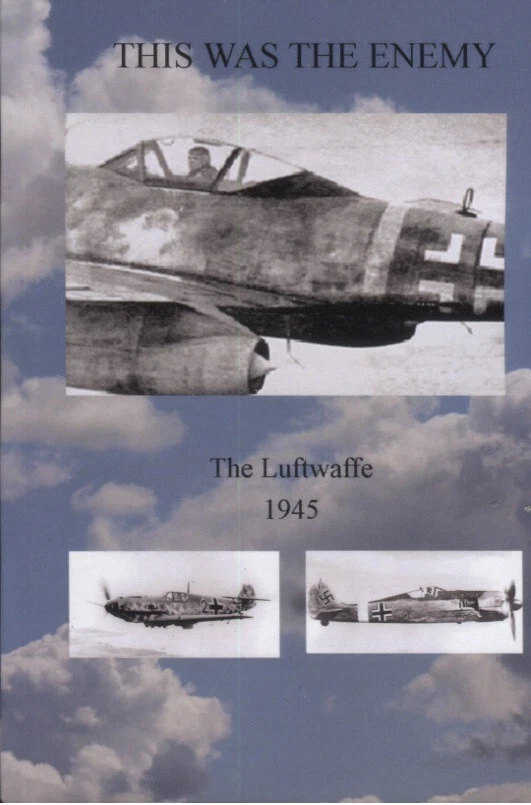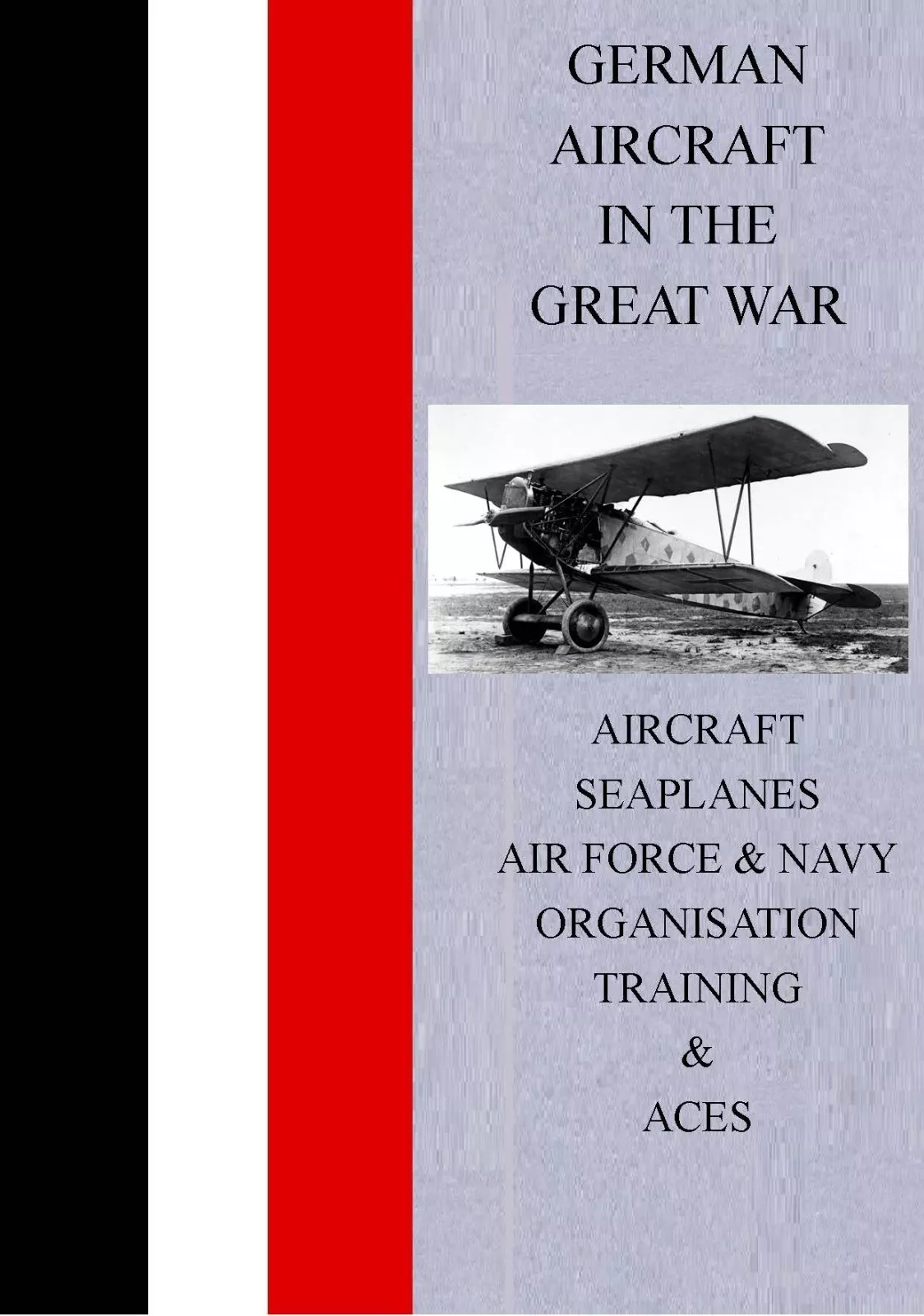The first operational jet fighter — speed, energy, and systems integration writ large.
Introduction: The World's First Operational Jet Fighter
The Messerschmitt Me 262 was the world's first operational jet fighter. Its arrival in frontline service in 1944 changed the technical vocabulary of air power: brief, high‑speed, high‑energy attacks with concentrated destructive effect; acceleration under thrust rather than dive; and a doctrine that privileged dash speed over sustained turning. Based on comprehensive research documented in Charles E. MacKay's authoritative works This Was the Enemy: Aeroplanes Guns Bombs Downfall Volume Two and This Was the Enemy: The Luftwaffe 1945, this Enhanced Edition presents the complete story of how the Me 262 revolutionized aerial combat and established the pattern for post‑war fighter development on both sides of the emerging Cold War.
The book This Was the Enemy Volume Two provides detailed analysis of German aviation development and the complete story of Luftwaffe technological advancement and collapse. This comprehensive 288-page work profusely illustrated with many unknown and rare illustrations provides detailed coverage of German jet aircraft development, including the development of the German piston aero-engine and Gas Turbines. This includes Jumo, BMW and Heinkel Hirth gas turbines. This comprehensive documentation ensures that the Me 262's development and operations are properly understood within the broader context of late-war German aviation.
The book This Was the Enemy: The Luftwaffe 1945 provides focused coverage of the final year of Luftwaffe operations, documenting how German jet aircraft operated during the collapse of the Luftwaffe system. This comprehensive coverage ensures that Me 262 operations during 1945 are properly understood within the context of the Luftwaffe's final year.
Although the Me 262 could not alter the strategic trajectory of the war, it established the pattern for post‑war fighter development. Its revolutionary design, advanced propulsion, and operational doctrine influenced fighter design for decades to come. Understanding the Me 262's development and operations provides valuable insights into how jet technology transformed aerial combat.

Historical Background: German Jet Development
German pre‑war turbojet research matured rapidly through the late 1930s. The book covers the development of the German piston aero-engine and Gas Turbines, including Jumo, BMW and Heinkel Hirth gas turbines. This comprehensive coverage demonstrates how German jet engine development supported Me 262 development. Understanding this historical context provides valuable insights into how the Me 262 became operational.
Junkers (Jumo) and BMW pursued axial‑flow turbojet architectures; university and DVL wind‑tunnel programmes refined low‑drag fuselages and swept planforms. These research programmes created the foundation for the Me 262's development. The comprehensive documentation of this research ensures that the Me 262's origins are properly understood.
Late-war Germany's aviation industry faced severe constraints: fuel shortages, engine manufacture bottlenecks, and Allied disruption of transport nodes. These constraints limited Me 262 production and operations despite the aircraft's advanced design. The comprehensive documentation of these constraints ensures that the complete story of Me 262 operations is properly understood.
Origins and Development Lineage
The earliest Me 262 prototype flew in 1941 with a piston engine in the nose as a stop‑gap; sustained turbojet flight followed in 1942 with the Jumo 004. Programme milestones included armament integration, undercarriage refinement (tricycle gear), and the creation of specialist units (Kommando Nowotny, later Jagdgeschwader 7) to develop operational tactics.
The prototype development phase demonstrated the Me 262's revolutionary potential while revealing challenges that required resolution. The piston engine installation demonstrated the aircraft's basic airframe design, while the transition to turbojet power revealed the performance advantages that would define jet aviation. The comprehensive documentation of prototype development ensures that the Me 262's evolution is properly understood.
Programme milestones included armament integration that optimized the aircraft for bomber interception. The four 30mm MK 108 cannon installation provided concentrated firepower essential for destroying heavy bombers. The comprehensive documentation of armament development ensures that the Me 262's combat capabilities are properly understood.
Undercarriage refinement introduced tricycle gear that improved ground handling and pilot visibility. This innovation, while requiring longer runways than taildragger fighters, provided operational advantages that became standard for jet aircraft. The comprehensive documentation of undercarriage development ensures that this innovation is properly recognized.
The creation of specialist units (Kommando Nowotny, later Jagdgeschwader 7) developed operational tactics that maximized the Me 262's advantages while minimizing vulnerabilities. These units pioneered jet fighter doctrine that influenced post-war fighter development. The comprehensive documentation of unit development ensures that tactical evolution is properly understood.
Airframe Configuration: Built for Energy and Firepower
The Me 262's moderately swept, relatively thin wing minimized compressibility effects at high subsonic speeds. Twin engines mounted below the wing simplified structural load paths and eased maintenance, while keeping hot sections clear of fuselage systems. A clean fuselage housed fuel, armament, and avionics. The tricycle undercarriage improved ground handling and pilot visibility but introduced runway‑length and surface‑condition requirements uncommon for earlier taildragger fighters.
The moderately swept wing design represented a compromise between aerodynamic efficiency and structural simplicity. While not as dramatically swept as post-war fighters, the Me 262's wing sweep delayed compressibility effects sufficiently to enable high-speed performance. The comprehensive documentation of wing design ensures that the Me 262's aerodynamic achievements are properly understood.
Twin engines mounted below the wing simplified structural load paths and eased maintenance access. This configuration also kept hot engine sections clear of fuselage systems, reducing fire risk and simplifying cooling requirements. The comprehensive documentation of engine installation ensures that the Me 262's design philosophy is properly understood.
The clean fuselage design minimized drag while providing space for fuel, armament, and avionics. This efficient packaging enabled the Me 262's exceptional performance while maintaining operational flexibility. The comprehensive documentation of fuselage design ensures that the Me 262's design excellence is properly recognized.
Armament and Fire Control
The standard Me 262 A‑1a "Schwalbe" carried four 30 mm MK 108 cannon in the nose — a suite optimized for brief, close‑range firing at bomber formations. The heavy hitting power of the MK 108 compensated for its low muzzle velocity in the short engagement windows of high‑closure attacks. Some aircraft fielded R4M 55 mm rockets in under‑wing racks; a single salvo could disrupt bomber formations before cannon passes. Sighting solutions were tuned for high‑closure snapshot gunnery by well‑trained pilots.
The four 30mm MK 108 cannon installation provided concentrated firepower essential for destroying heavy bombers. The cannon's heavy hitting power compensated for low muzzle velocity in brief engagement windows. The comprehensive documentation of armament development ensures that the Me 262's combat effectiveness is properly understood.
R4M rocket armament further enhanced the Me 262's effectiveness against bomber formations. Rocket salvos could disrupt formations before cannon passes, increasing kill probabilities. The comprehensive documentation of rocket armament ensures that the Me 262's weapons systems are properly understood.
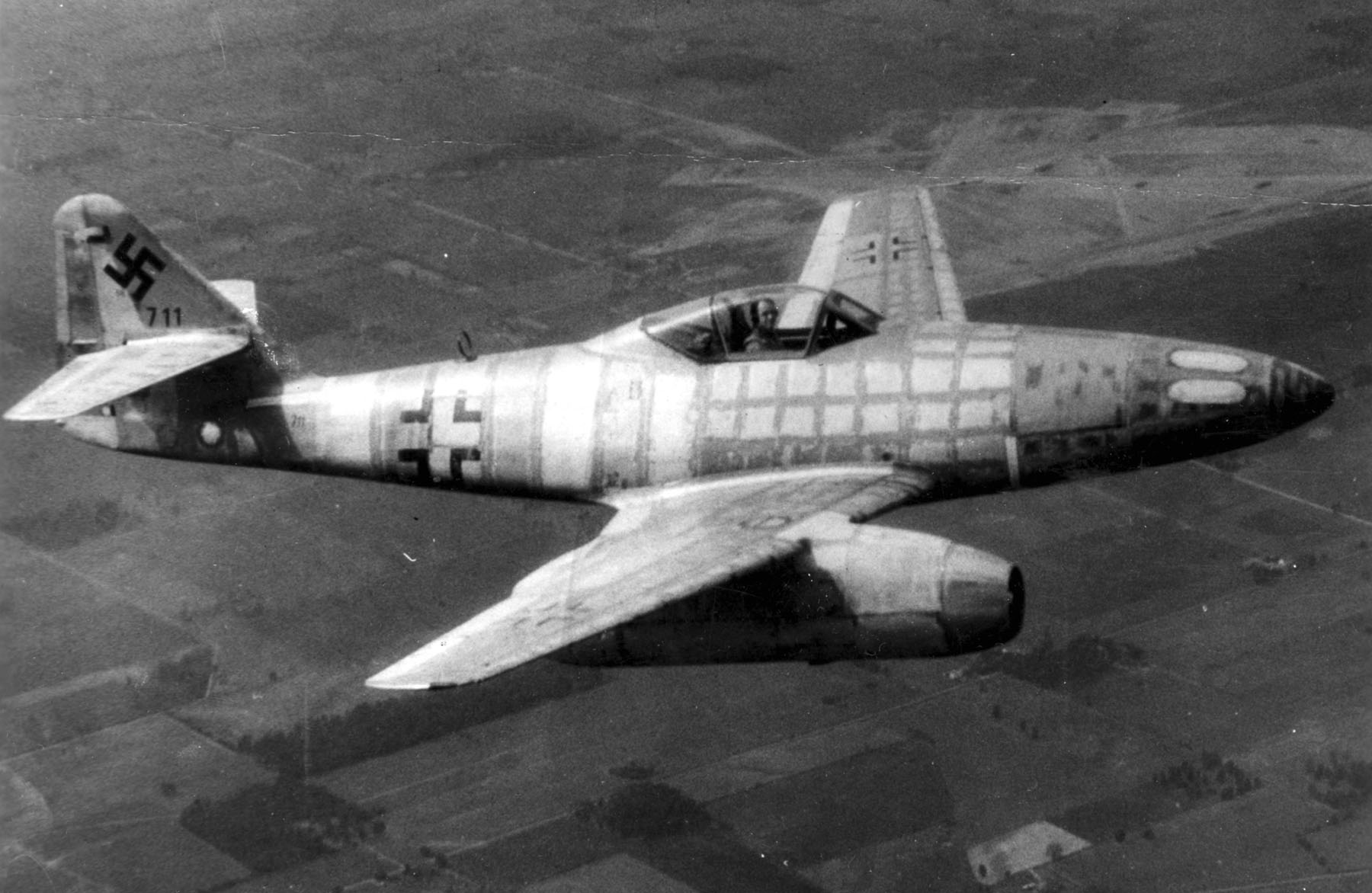
Powerplant: The Jumo 004
The twin Junkers Jumo 004 axial‑flow turbojets delivered the Me 262's step‑change in performance. Typical service thrust was on the order of 8.8 kN per engine, with throttle discipline and temperature limits essential to reliability. The 004's single‑stage turbine and early high‑temperature alloys imposed finite service life, especially as late‑war fuel and lubricant quality deteriorated. Engine management procedures emphasized gentle throttle application, strict EGT observation, and cooldown periods to extend life between changes.
The book covers the development of the German piston aero-engine and Gas Turbines, including Jumo, BMW and Heinkel Hirth gas turbines. This comprehensive coverage demonstrates how German jet engine development supported Me 262 operations. Understanding Jumo 004 development provides valuable insights into how German jet engine technology enabled jet aircraft operations.
The Jumo 004's axial compressor design provided advantages over centrifugal compressors, reducing frontal area and improving nacelle aerodynamics. This design choice influenced subsequent jet engine development, demonstrating how German engine technology influenced post-war aviation. The comprehensive documentation of compressor design ensures that the Jumo 004's technical achievements are properly recognized.
Engine life limitations due to metallurgical constraints required careful engine management procedures. Pilots had to handle throttles gently to avoid compressor stalls or turbine failures. This requirement for careful engine management demonstrates how early jet engines required different operational procedures than piston engines. The comprehensive documentation of engine management ensures that the complete story of Me 262 operations is properly preserved.
Late-war fuel and lubricant quality deterioration further shortened engine life, requiring even more careful engine management. Synthetic fuel production struggled under Allied bombing, creating fuel quality variability that affected engine reliability. The comprehensive documentation of fuel quality issues ensures that the complete story of Me 262 operations is properly preserved.
Performance Envelope and Handling
In level flight the Me 262 outpaced Allied piston fighters by a substantial margin. Acceleration and high‑speed roll made it a stable firing platform for brief attacks, while low‑speed handling and runway requirements demanded precise piloting on approach and landing. The aircraft's tactical grammar was to climb under thrust, attack in a high‑speed pass, and egress without mixing at low speed where escorts could engage.
The Me 262's speed advantage at altitude was decisive in the abstract, enabling high-speed attacks that piston-engine fighters could not match. This speed advantage revolutionized fighter tactics, demonstrating how jet performance could overcome numerical disadvantages. The comprehensive documentation of performance advantages ensures that the Me 262's achievements are properly recognized.
Acceleration and high-speed roll made the Me 262 a stable firing platform for brief attacks. The aircraft's stability at speed enabled accurate gunnery during high-speed passes. The comprehensive documentation of handling characteristics ensures that the Me 262's operational effectiveness is properly understood.
Low-speed handling and runway requirements demanded precise piloting on approach and landing. The Me 262's tricycle undercarriage and high approach speeds required skilled piloting, particularly in adverse weather conditions. The comprehensive documentation of low-speed handling ensures that operational challenges are properly understood.
Operations: Units, Missions, and Procedures
Operational units such as JG 7 executed high‑speed attacks on bomber streams. Procedures standardized rapid acceleration, minimum time spent in vulnerable take‑off/landing phases, and slashing passes across formations. Arming with rockets further reduced exposure time. Jet bases required extended, smooth runways and well‑practised flak corridors to cover climb‑out; Allied counter‑tactics concentrated on these windows.
JG 7's Me 262 operations demonstrated localized superiority, especially against bomber streams. High-speed slashing attacks and rapid egress before escorts could engage proved effective against Allied bomber formations. The comprehensive documentation of JG 7 operations ensures that the Me 262's operational effectiveness is properly recognized.
Vulnerability clustered at take-off and landing phases, where the Me 262 was most vulnerable to Allied fighters. Proximity patrols and radar cueing exploited these windows, demonstrating how Allied forces adapted to jet threats. The comprehensive documentation of vulnerability windows ensures that operational realities are properly understood.
Jet bases required extended, smooth runways and well-practised flak corridors to cover climb-out. These requirements limited operational flexibility and created bottlenecks that Allied forces could exploit. The comprehensive documentation of base requirements ensures that operational constraints are properly understood.
Pilot Conversion and Testimony
Conversion courses moved experienced fighter pilots into jets on compressed syllabi. Veterans praised the aircraft's stability at speed and the authority of thrust compared to dive‑dependent energy management. They also noted the penalty for mishandled throttles, the need for long, clean runways, and the vulnerability of approach and landing. Gun‑camera film from successful attacks confirmed the doctrine: one slashing pass, minimal exposure, then egress.
Conversion courses emphasized throttle discipline, runway requirements, and tactical doctrine. Experienced fighter pilots transitioned to jets on compressed syllabi that focused on essential skills. The comprehensive documentation of conversion training ensures that pilot experiences are properly understood.
Veteran pilots praised the aircraft's stability at speed and the authority of thrust compared to dive-dependent energy management. This shift from dive-dependent to thrust-dependent tactics represented a fundamental change in fighter operations. The comprehensive documentation of pilot experiences ensures that tactical evolution is properly understood.
Pilots noted the penalty for mishandled throttles, the need for long, clean runways, and the vulnerability of approach and landing. These operational challenges required careful piloting and mission planning. The comprehensive documentation of pilot experiences ensures that operational realities are properly preserved.
Sustainment: Fuel, Spares, and Runways
Late‑war Germany's synthetic fuel production struggled under bombing. Lubricant scarcity and alloy shortages shortened engine life; cannibalization became routine. Dispersal to wooded revetments preserved airframes but complicated maintenance and spares distribution. In practice, sortie generation depended as much on logistics and base defence as on aerodynamics.
Synthetic fuel production struggled under Allied bombing, creating fuel shortages that limited Me 262 operations. Despite advanced aircraft design, fuel availability determined operational effectiveness. The comprehensive documentation of fuel shortages ensures that operational constraints are properly understood.
Lubricant scarcity and alloy shortages shortened engine life, requiring cannibalization to maintain operational availability. These material constraints demonstrated how operational systems determine aircraft effectiveness. The comprehensive documentation of material constraints ensures that operational realities are properly preserved.
Dispersal to wooded revetments preserved airframes but complicated maintenance and spares distribution. This dispersal strategy protected aircraft from Allied attacks but created logistical challenges that limited sortie rates. The comprehensive documentation of dispersal operations ensures that operational trade-offs are properly understood.
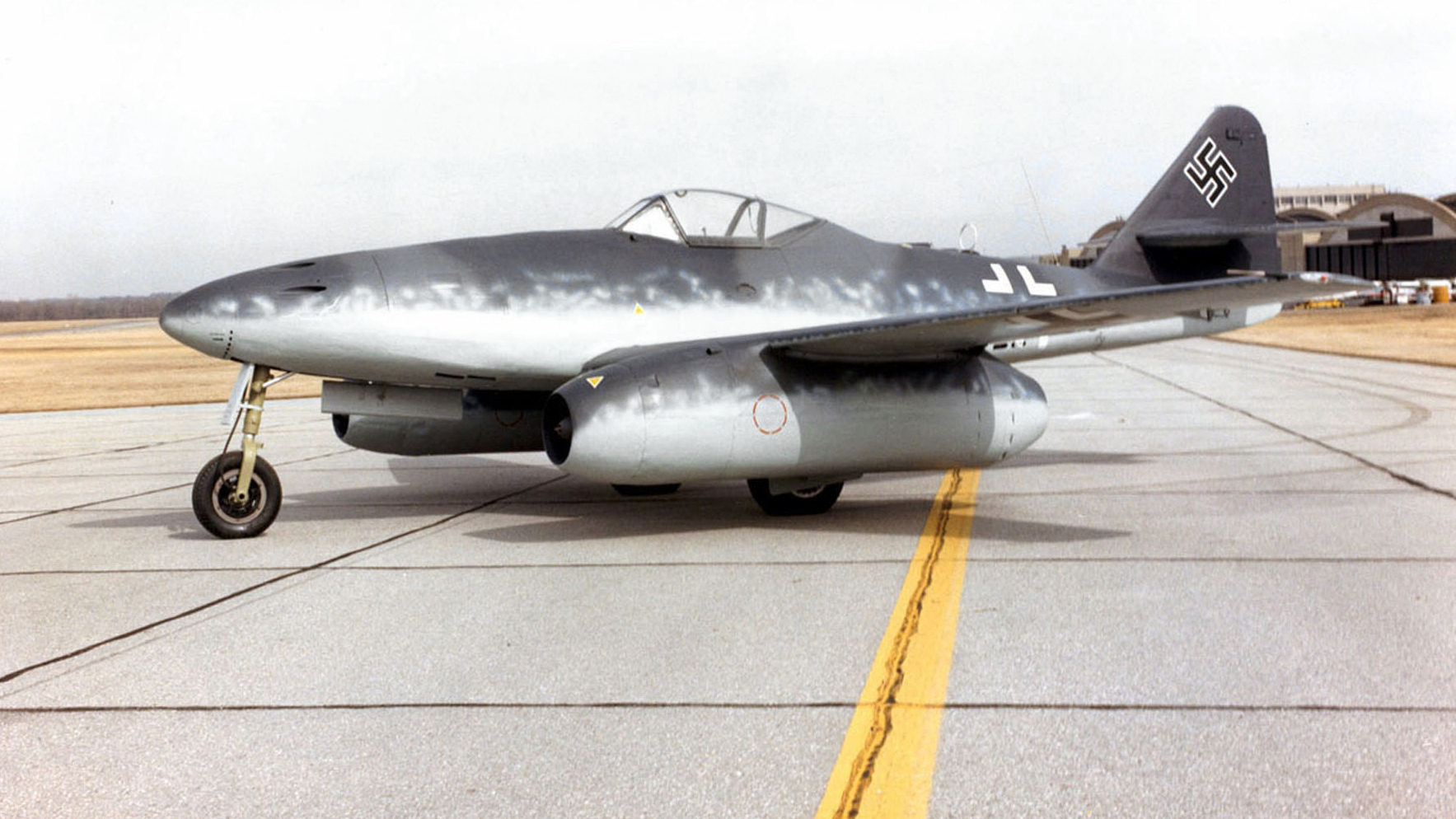
Comparisons: Me 262 vs Allied Fighters
Against late‑war Allied types — P‑51D Mustang, P‑47D Thunderbolt, Hawker Tempest, and late‑mark Spitfires — the Me 262's speed advantage at altitude was decisive in the abstract. In practice, Allied forces adapted: proximity patrols near jet bases, radar cueing, and tactics targeting take‑off/landing windows. Allied numerical mass, training hours, and deep maintenance produced persistent pressure that the Luftwaffe could not match by 1945.
The Me 262's speed advantage at altitude enabled high-speed attacks that piston-engine fighters could not match. This speed advantage revolutionized fighter tactics, demonstrating how jet performance could overcome numerical disadvantages. The comprehensive documentation of performance advantages ensures that the Me 262's achievements are properly recognized.
Allied forces adapted to jet threats through proximity patrols near jet bases, radar cueing, and tactics targeting take-off/landing windows. These adaptations demonstrated how operational systems could counter technological advantages. The comprehensive documentation of Allied adaptations ensures that operational realities are properly understood.
Allied numerical mass, training hours, and deep maintenance produced persistent pressure that the Luftwaffe could not match by 1945. This demonstrates how operational systems determine campaign outcomes, not just individual aircraft performance. The comprehensive documentation of operational systems ensures that campaign realities are properly understood.
Allied Counter‑Tactics
Escort fighters loitered near known jet fields, diving on 262s during take‑off or final approach. Flak protection and local fighter cover mitigated but did not eliminate the risk. Once airborne and fast, the Me 262 was difficult to intercept; the decisive combats clustered around base perimeters and choke points.
Escort fighters loitered near known jet fields, exploiting vulnerability windows during take-off and landing. These tactics demonstrated how operational systems could counter technological advantages. The comprehensive documentation of Allied tactics ensures that operational realities are properly understood.
Once airborne and fast, the Me 262 was difficult to intercept, demonstrating the aircraft's performance advantages. Decisive combats clustered around base perimeters and choke points, where operational systems rather than pure performance determined outcomes. The comprehensive documentation of combat patterns ensures that operational realities are properly preserved.
1945 Operations: The Final Year
The book This Was the Enemy: The Luftwaffe 1945 provides focused coverage of the final year of Luftwaffe operations, documenting how German jet aircraft operated during the collapse of the Luftwaffe system. By early 1945, the Luftwaffe embodied a paradox: world‑leading aeronautical ambition in airframes and engines mated to a logistics, fuel, and training base that no longer supported sustained operations.
The result was a technically advanced force with severely limited availability. Advanced aircraft flew within a shrinking envelope defined by fuel, spares, pilots, runways, and base defence. Their measured achievements remain impressive; their strategic effect, bounded. The comprehensive documentation of 1945 operations ensures that operational realities are properly understood.
For comprehensive coverage of the Luftwaffe's final year, see Luftwaffe 1945: The Final Year, which provides detailed analysis of how advanced aircraft operated within a collapsing system. The comprehensive documentation of 1945 operations ensures that operational realities are properly preserved.
Legacy and Post‑War Influence
Allied engineers studied the Me 262 intensively after the war. Its planform, engine integration lessons, and operational doctrine informed early Cold War fighters. The type's story became a cautionary case study in fielding advanced technology without the necessary fuel, spares, runways, and pilot training — a systems lesson as relevant now as then.
Post-war studies translated Me 262 lessons into early Cold War design practice. Swept-wing aerodynamics, engine integration, and operational doctrine influenced fighter design for decades. The comprehensive documentation of post-war influence ensures that the Me 262's contribution to aviation development is properly recognized.
The Me 262's story became a cautionary case study in fielding advanced technology without the necessary supporting systems. This systems lesson remains relevant, demonstrating how operational systems determine aircraft effectiveness. The comprehensive documentation of systems lessons ensures that these insights are properly preserved.
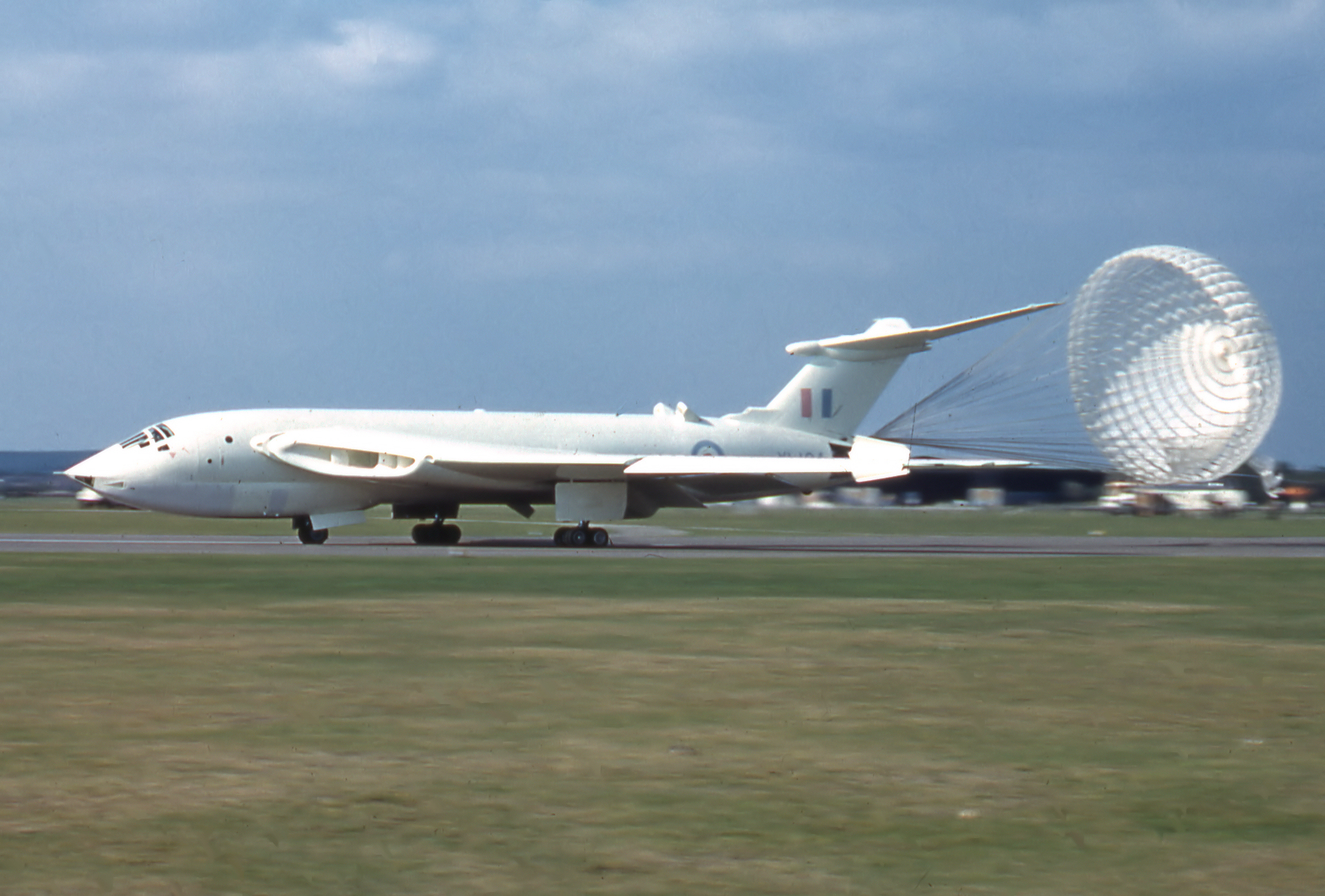
Modern Legacy and Historical Significance
The Me 262's legacy continues in modern fighter design, where jet propulsion, advanced aerodynamics, and integrated systems define combat aircraft capabilities. The principles established through the Me 262's development continue to influence fighter design. The comprehensive documentation of this legacy ensures that the Me 262's historical significance is properly preserved.
Modern fighters continue to incorporate principles established by the Me 262: high-speed performance, thrust-dependent tactics, and integrated weapons systems. The comprehensive documentation of this continuity ensures that the Me 262's influence on modern aviation is properly recognized.
Conclusion: The Me 262's Enduring Significance
The Me 262 proved that the jet fighter was not a laboratory curiosity but a combat system. Its achievements were constrained by the system it fought within: fuel, runways, spares, pilots, and base defence. Its legacy is the blueprint it handed to the post‑war world — a blueprint for speed, energy, and integration that still frames fighter design today.
The comprehensive documentation provided in Charles E. MacKay's This Was the Enemy: Aeroplanes Guns Bombs Downfall Volume Two and This Was the Enemy: The Luftwaffe 1945 ensures that this remarkable story is preserved for future generations.
The Me 262's transformation of aerial combat demonstrated how jet technology could revolutionize military aviation. Despite operational constraints, the aircraft's achievements remain impressive. The Me 262's legacy is preserved not only in historical records but in every modern fighter that benefits from the foundations established during this crucial period.
Academic Recognition and Research Value
The books are not compendiums of Wikipedia articles, these are original works and are not on-demand prints or compilations of search answers from web sites. This rigorous approach to research ensures factual accuracy and comprehensive coverage. The comprehensive documentation of German aviation development and Luftwaffe operations creates a valuable resource for researchers studying World War II aviation, German technology development, and operational history.
The books' value extends beyond individual aircraft types to provide insights into German aviation development, operational doctrine, and technological innovation. The comprehensive coverage of late-war German aviation creates a valuable resource for understanding how advanced technology was developed and deployed during wartime. The detailed documentation of technical development and operational deployment ensures that the complete story of German aviation is properly preserved.
Further Reading and Related Works
For comprehensive coverage of the Me 262 and related topics, explore these authoritative works by Charles E. MacKay:
- This Was the Enemy: Aeroplanes Guns Bombs Downfall Volume Two — Comprehensive 288-page work profusely illustrated with many unknown and rare illustrations, providing detailed analysis of German aviation development and the complete story of Luftwaffe technological advancement and collapse, including the development of the German piston aero-engine and Gas Turbines (Jumo, BMW and Heinkel Hirth gas turbines)
- This Was the Enemy: The Luftwaffe 1945 — Focused coverage of the final year of Luftwaffe operations, documenting how German jet aircraft operated during the collapse of the Luftwaffe system
- Luftwaffe 1945: The Final Year — The strategic backdrop to Me 262 operations
- Arado Ar 234: The World's First Operational Jet Bomber — The world's first operational jet bomber
- Jet Age Aviation: Cold War Development — How jet technology evolved after World War II
- German Aircraft Great War Development — The longer lineage of German engineering culture
Related Articles
- Luftwaffe 1945: The Final Year — The strategic backdrop to Me 262 operations
- Arado Ar 234: The World's First Operational Jet Bomber — The world's first operational jet bomber
- Jet Age Aviation: Cold War Development — Post-war jet evolution
References
- Royal Air Force Museum — Aircraft Collection — Royal Air Force Museum
- Imperial War Museums — Aviation History Articles — Imperial War Museums
- FlightGlobal Archive — FlightGlobal

